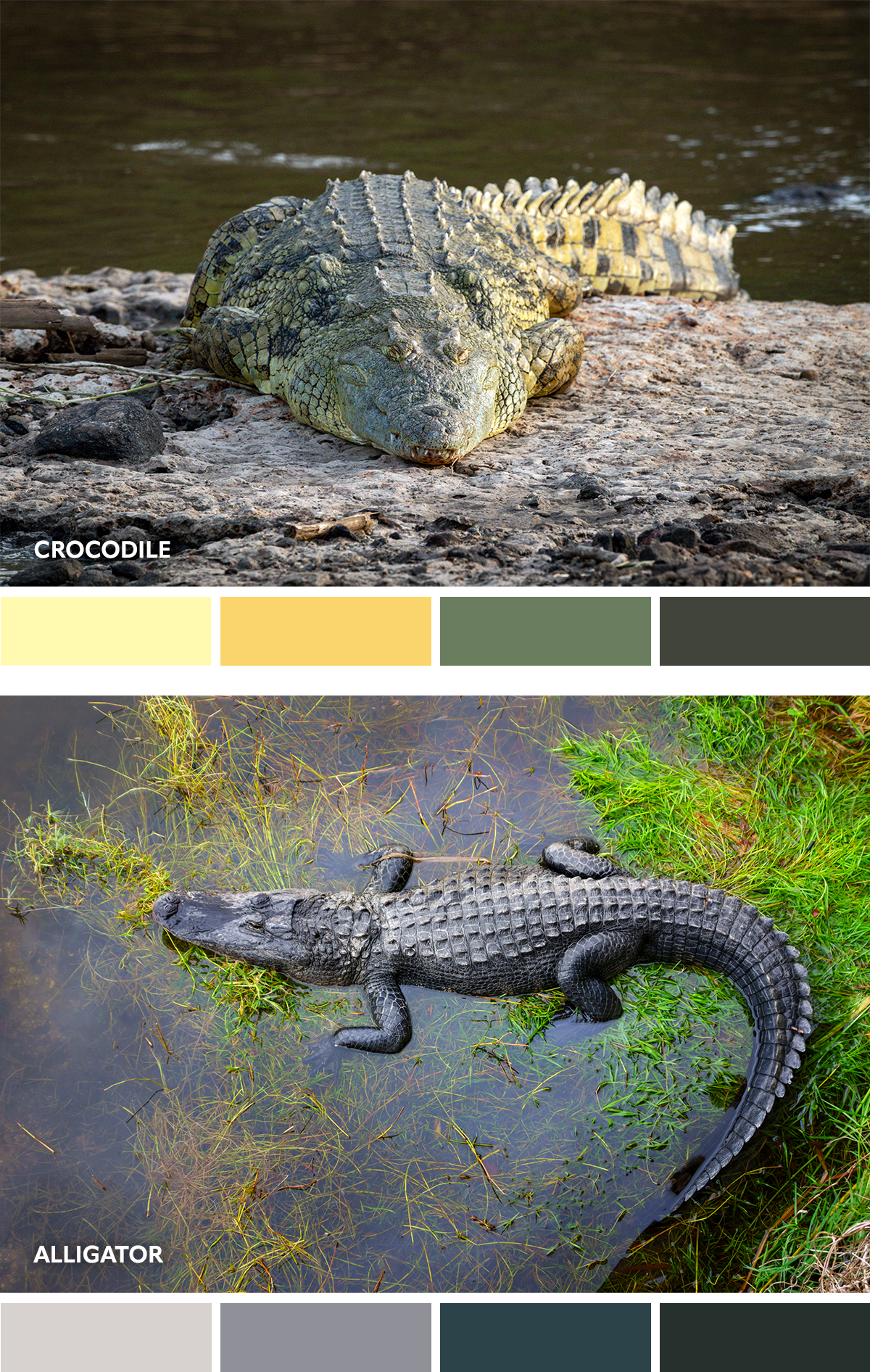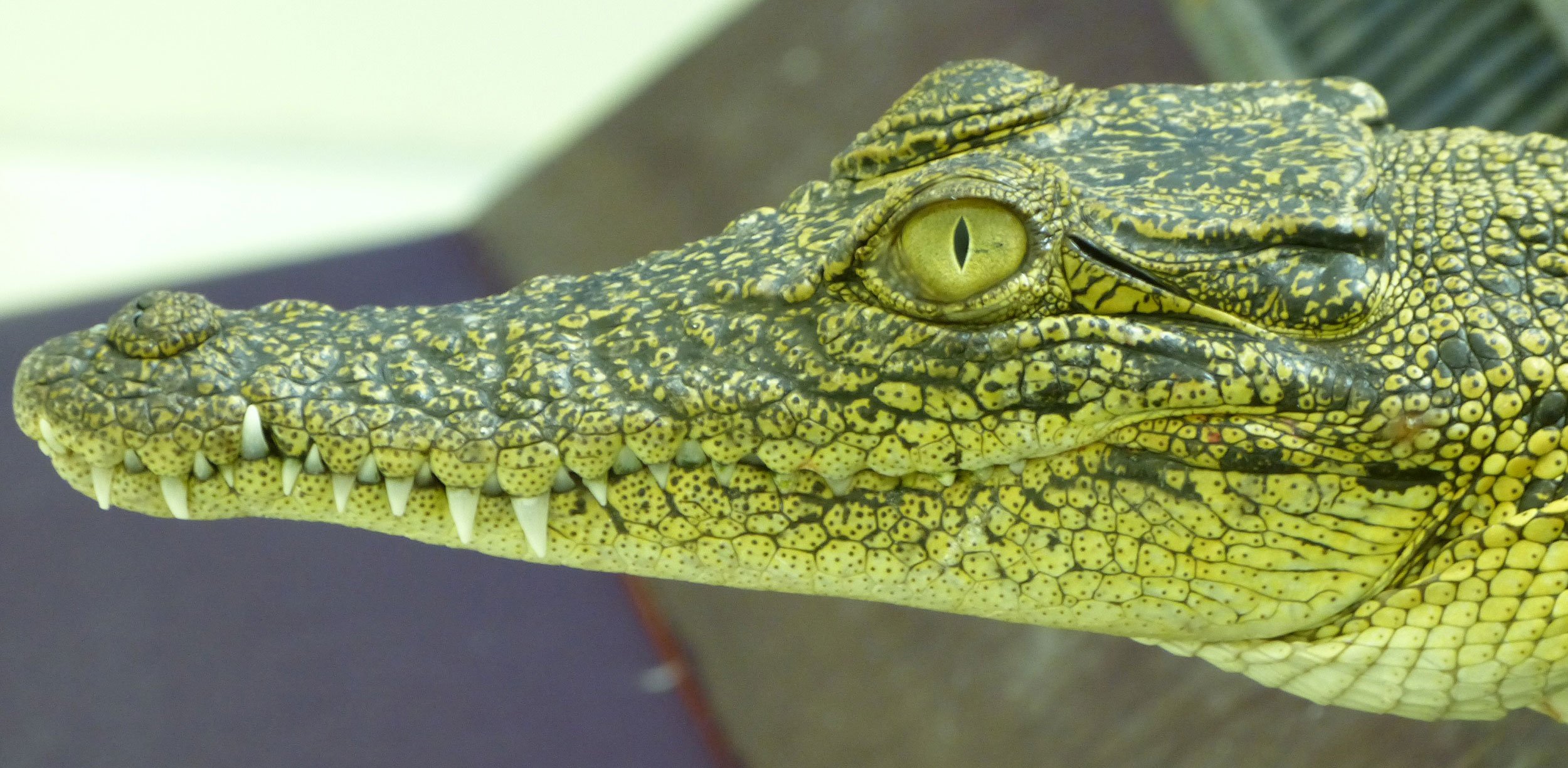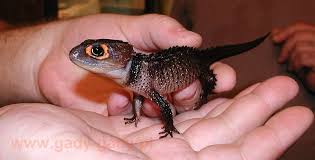What Color is Crocodile
Crocodiles are grayish-green and prefer coastal, brackish, and salt-water habitats, while alligators are dark-colored with a broad, rounded snout and are usually found in fresh water. Crocodiles and alligators are fascinating creatures with distinct characteristics that set them apart from each other.
One of the noticeable differences between them is their coloration. Crocodiles, with their grayish-green hue, blend seamlessly into their coastal, brackish, and salt-water environments. On the other hand, alligators have a darker color, often described as blackish-grey, and are commonly found in fresh water bodies.
These color variations not only contribute to their unique appearance but also play a role in their survival and camouflage in their respective habitats. We will explore the distinct colors of crocodiles and alligators, shedding light on their natural adaptations and fascinating features. So, let’s dive into the world of these formidable reptiles and discover the captivating colors that define them.
Different Colors Of Crocodiles
Crocodiles come in different colors depending on their species. American crocodiles have grayish-green backs and tails and white to yellowish undersides. Alligators are primarily dark gray with a lighter underside, while juvenile alligators have light-colored stripes for camouflage. Crocodiles generally prefer coastal, brackish, and salt-water habitats, while alligators are usually found in freshwater. When it comes to the difference in snout shape, alligators have a wider, U-shaped snout, while crocodiles have a pointier, V-shaped snout. Additionally, crocodiles are usually green, grey, black, or brown and often have stripes or a mottled pattern, which reflects their living environment. Overall, the natural color and preferred habitat of crocodiles and alligators vary across different species.

Credit: www.vectorstock.com
Distinguishing Crocodiles And Alligators
| Color: Alligators are a darker, blackish-grey in color, while crocodiles are a lighter, olive green or brown color. |
| Snout: Alligators have a wider, U-shaped snout, while crocodiles have a pointier, V-shaped snout. |
Crocodiles and alligators have distinguishable features that set them apart. When it comes to color, alligators are typically darker, blackish-grey in color, while crocodiles have a lighter, olive green or brown color. Notably, the snout of alligators is wider and U-shaped, whereas crocodiles have a pointier, V-shaped snout. These physical differences aid in identifying the two reptiles. It is interesting to note that these color and snout variations are influenced by their surroundings. Alligators and crocodiles have adapted to their habitats, showcasing unique characteristics that allow them to thrive in their environments.
Crocodile Color Evolution And Adaptation
Crocodiles come in various colors depending on their species and habitat. American crocodiles have grayish-green backs and tails, while alligators are dark gray with lighter undersides. Crocodiles generally prefer coastal, brackish, and saltwater habitats, whereas alligators are usually found in fresh water.
| Crocodile Color Evolution and Adaptation |
| Crocodile’s Changing Color |

Credit: thomsonsafaris.com
Crocodile Color Specifics
Alligators and crocodiles differ in their natural color. Alligators are primarily dark gray with a lighter underside, while juvenile alligators have light-colored stripes. On the other hand, crocodiles are grayish-green and prefer coastal, brackish, and salt-water habitats. Another distinction is their snout shape – alligators have a wider, U-shaped snout, while crocodiles have a pointier, V-shaped snout. American crocodiles, specifically, are brownish-gray and generally paler than alligators. The wild preferences of a crocodile, such as playing with flowers and favoring the color pink, add to the fascination surrounding these magnificent creatures.
Rare Crocodile Coloration
Crocodiles and alligators come in various colors depending on their habitat and species. Alligators are generally dark gray with a lighter underside, while crocodiles have a grayish-green coloration. The American crocodile, for example, has grayish-green backs and tails with white to yellowish undersides. Crocodiles and alligators also differ in their snout shapes. Alligators have a wider, U-shaped snout, while crocodiles have a slimmer, V-shaped snout.
Crocodiles exhibit rapid color changes, particularly during courtship and social interactions. Their skin can darken or lighten, allowing them to display emotions and establish dominance. This ability is attributed to specialized cells called chromatophores that contain pigments. During breeding season, male crocodiles often develop brighter colors to attract females.
Crocodiles have well-developed color vision, which helps them perceive their environment and distinguish prey. Their eyes contain specialized cones that enable them to see a wide range of colors, including ultraviolet light. This heightened color vision is advantageous for hunting and survival in their aquatic habitats.

Credit: www.australiangeographic.com.au
Frequently Asked Questions On What Color Is Crocodile
What Is The Real Color Of A Crocodile?
Crocodiles are grayish-green, typically found in coastal, brackish, and salt-water habitats. Alligators are darker with a broad, rounded snout, commonly found in freshwater.
What Color Is A American Crocodile?
The American crocodile is grayish-green with white to yellowish undersides.
What Is Natural Color Of Alligator?
Adult alligators are primarily dark gray with a lighter color underside. Juvenile alligators have light colored stripes on their sides for camouflage. American crocodiles are brownish gray and generally paler colored than alligators.
What Is A Crocodile’s Favorite Color?
A crocodile’s favorite color is not known, as they are drawn to movement, not specific colors. Crocodiles are usually grayish-green.
Conclusion
Crocodiles and alligators possess distinct colors and physical features that make them easily distinguishable. Crocodiles typically have a lighter, olive green or brown coloration, while alligators are dark, blackish-grey. The differences in their snout shapes and habitat preferences also contribute to their unique appearance and behavior.
Understanding these distinctions enhances our appreciation of these fascinating creatures in the wild.





